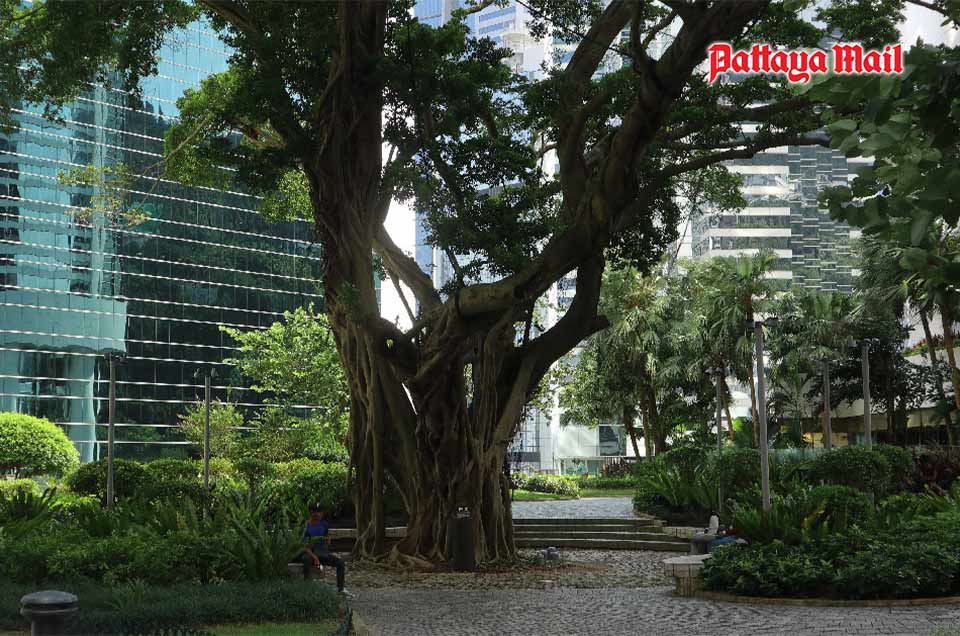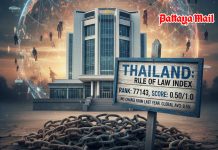
HONG KONG – I have often heard Australian friends say to me ‘Oh you British get everywhere’. All said jokingly and tongue in cheek, I might add; and wisely, I have never ever sought to deny such truism. Great Britain, now in essence no longer Great, has for umpteenth centuries, left its legacy wherever it cared to appear – be it good or otherwise. Frequently alas, otherwise. But here in Hong Kong, under British rule for 156 years, this city remains unique. As a Crown Colony it became truly different to all other Chinese cities. Although never experiencing real democracy, it experienced life differently from the Chinese mainland. This is expressed by young people born well after the end of British rule. They refer to themselves not as Chinese but as Hong Kong’s. But I digress. Let me revert back to the purpose of this little snippet of an article.
I found myself intrigued enough to take this picture and share with you as readers. Next to the Island Shangri-La hotel in Hong Kong, where I mostly recently stayed, stands this magnificent tree. A unique history of its own, it certainly has.
This old Banyan Tree was preserved by Swire Properties Ltd during the construction of Pacific Place. The tree is believed to have been planted in about 1870 as part of the British Military Forces Victoria Barracks which occupied this site until 1979.
Preservation of this tree required the construction of a cylindrical structure with a diameter of 18 meters and depth of 10 meters in order to contain the roots. The total cost was HK$23,890,227 and is believed to be the most expensively preserved tree in the world. I remain hardly surprised.
So there you have it. Once again the British leaving its past presence behind, but in this instance through a very fine noble tree who can do no harm to anyone but share its own history and beauty for all to see and enjoy.








